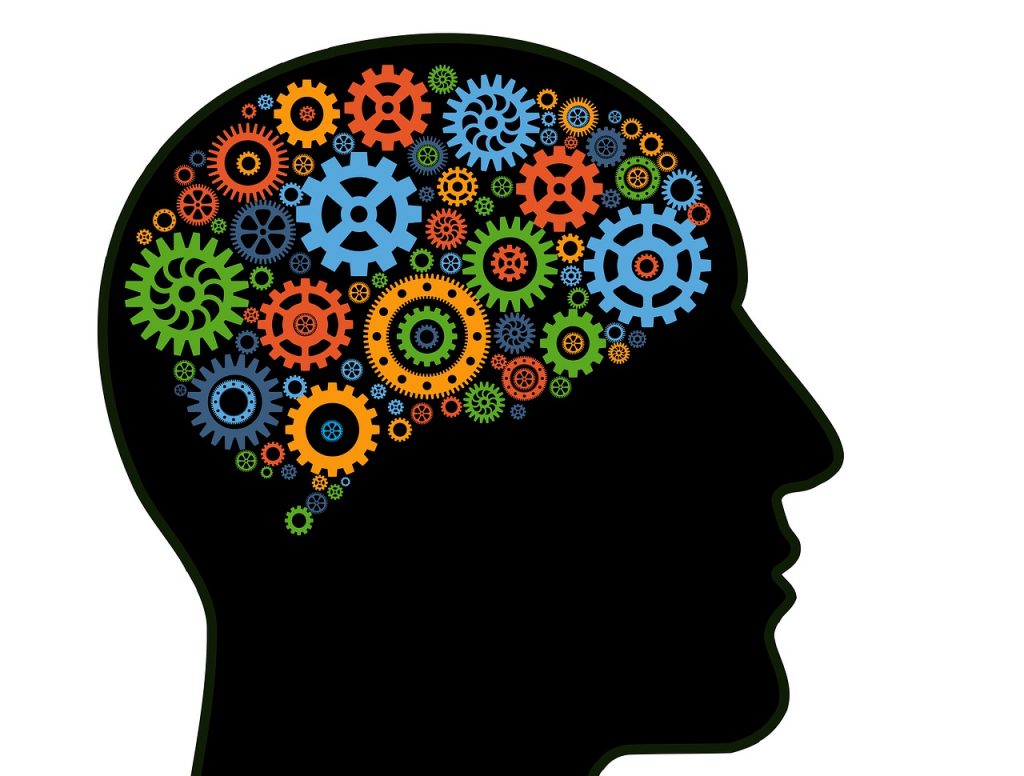Some scientists say that sexual motivation is one of the most important aspects of humanity. If we were not motivated to have sex, then we probably would not procreate (have babies) and the human species would end. So according to that logic, feeling like you want to have sex (being horny) is just you doing your job as part of the human species (way to take one for the team).
Although we have been having sex since the dawn of humans, we have only began serious scientific study of sex in the United States 60 years ago. The first major scientist to analyze human sexual behavior in the US was Alfred Kinsey.
Kinsey, who studied the genealogy of flies by trade, set out and surveyed thousands of people of their sexual behaviors. He discovered some pretty interesting things about human sexual being (like the % of people masturbating and having pre-marital sex).
But what made Kinsey so important was 1. he attempted to use the scientific method to study sex and 2. he showed us that our perceptions about what others are doing are a whole lot different than our reality. Before Kinsey, many people believed that they were part of the dirty few who masturbated, but after Kinsey’s reports they realized that everyone and their mom did it (hopefully not literally).
Sexual Response Cycle
In the late 1950’s and early 1960’s a husband wife team of William Masters and Virginia Johnson brought sex into their lab.
They brought hundreds of volunteers into their lab and observed them having various types of sex. They used tools to measure penile length and blood flow and vaginal expansion and lubrication. They perform thousands of trials and their results over a twenty year period were extensive. They even tried to “cure” homosexuality and claimed a 30% failure rate. The highlight of their research was the physiological breakdown of the sexual act called the sexual response cycle, which is broken down into four stages (and there will be no pictures- use your imagination):
-
Initial excitement: Genital areas become engorged with blood, penis becomes erect, clitoris swells, respiration and heart rate increases.
-
Plateau phase: Respiration and heart rate continue at an elevated level, genitals secrete fluids in preparation for orgasm.
-
Orgasm: Rhythmic genital contractions that may help conception. Respiration and heart rate increase further, males ejaculate (there is evidence of female ejaculation as well), often accompanied by a pleasurable euphoria.
-
Resolution phase: Respiration and heart rate return to normal resting states. Men experience a refractory period- a time period that must elapse before another orgasm. Women do not have a similar refractory period and can repeat the cycle immediately.
Psychological factors in Sexual Motivation
Unlike many animals, our sexual desire is not motivated strictly by hormones. Many studies demonstrate that sexual motivation is controlled to a great extent by psychological rather than biological sources. Sexual desire can be present even when the capacity to have sex is lost.
Accident victims who lose the ability to have sex still have sexual desires. Erotic material can inspire sexual feelings and physiological responses in men and women, including elevated levels of hormones (remind me to tell you about the research on this in class). The interaction between our physiology and psychology creates the myriad of sexual desires we see in society and ourselves.
Sexual Orientation
Ok- let’s just get the myths out of the way. Studies have shown again and again that homosexuality is NOT related to traumatic childhood experiences, parenting styles, the quality of relationships with parents, masculinity or femininity, or whether we are raised by heterosexual or homosexual parents. Although researchers believe that environmental influences probably affect sexual orientation, these factors have NOT yet been identified.
Researchers HAVE identified possible biological influences. Scientist Simon LeVay discovered that certain brain structures are different in homosexual and heterosexual males. But that does not mean than genetics caused the brain differences (one can argue that environmental influences change neural structures.). But twin studies indicate a genetic influence on sexual orientation since a twin is much more likely to be gay if his or her identical twin is gay.
The most current research points to the prenatal environment (the womb) that may alter brain structures and influence sexual orientation. Since 3-10% of the population is homosexual, I suspect that research in this area will continue and the differences become more clear.



